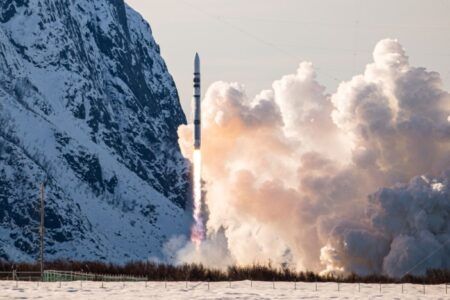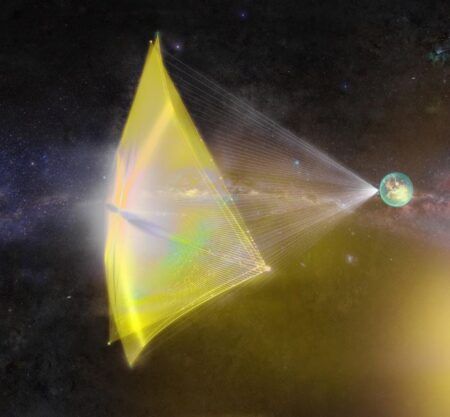SpaceX has performed a successful hover test of its human-rated spacecraft, Crew Dragon. If all remains on schedule, Crew Dragon will be placed on top of a Falcon 9 in 2017 and will take astronauts to the International Space Station (ISS).
An earlier test in November 2015 at McGregor, Texas, analyzed the spacecraft’s ability to fire its SuperDraco engines. NASA says that Crew Dragon is in the early stages of analysis and the end goal is to use the spacecraft to land humans on the ground with the accuracy of a helicopter.
Crew Dragon won’t be using the SuperDraco thrusters on SpaceX’s first crew flights. While the thrusters are designed to bring astronauts back to land in a controlled descent, SpaceX will initially use parachutes to slow the descent for an ocean splash down. Propulsive landing is a necessary capability, says SpaceX, for landing humans on a planet like Mars, which has no oceans.
The recent hover test was one of many tests SpaceX will need to conduct in order to receive certification to fly humans into space.
February 2, 2016




